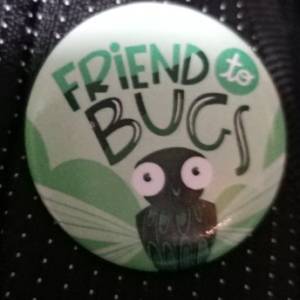Regeneration
This trapezoid crab spider is hungry. It has used a silk thread to arrive to the top of a small seedhead and if it had a megaphone at hand it would most certainly call out to the insects hidden in the vegetation below and lure them to come see the wonderful view from the seedhead for themselves. But he hasn't got one.
Closer inspection of the spider reveals that some of its hind legs are transparent and smaller than the other legs. No, it is not a mutation! Spiders have no second thoughts about sacrificing one or more legs in defense, certain that it will not have negative effects on their lives! And it doesn't. Well at least not too much. As long as the spider is not yet an adult in its last molt, it will regenerate the lost limbs in the next molt. Easy peasy. The molt will take longer to regenerate than usually and the spider will loose some weight as it will have more problems catching something to eat, but in the long run it doesn't effect the survival of the spider. After the regeneration it will take time for the new legs to gain the appearance of the "old" legs but the spider is in no way disabilitated.
What happens if a spider looses a leg as an adult? Well it doesn't regrow, that is for sure..no more molts available to do the magic. But that doesn't stop the adult spider from amputating its legs at this stage..especially if it is for "love" -if the male spider needs to increase the likelyhood of passing on his genes, he will chop off a couple of his less used legs and offer to the female he wants to mate with. She will eat the legs while they mate and he will be a happy invalid for the rest of his days, knowing that his purpose in life, the passing of the genes, has been successfully computed.
- 27
- 7
- Canon EOS 70D
- 1/323
- f/4.0
- 105mm
- 500

Comments
Sign in or get an account to comment.


